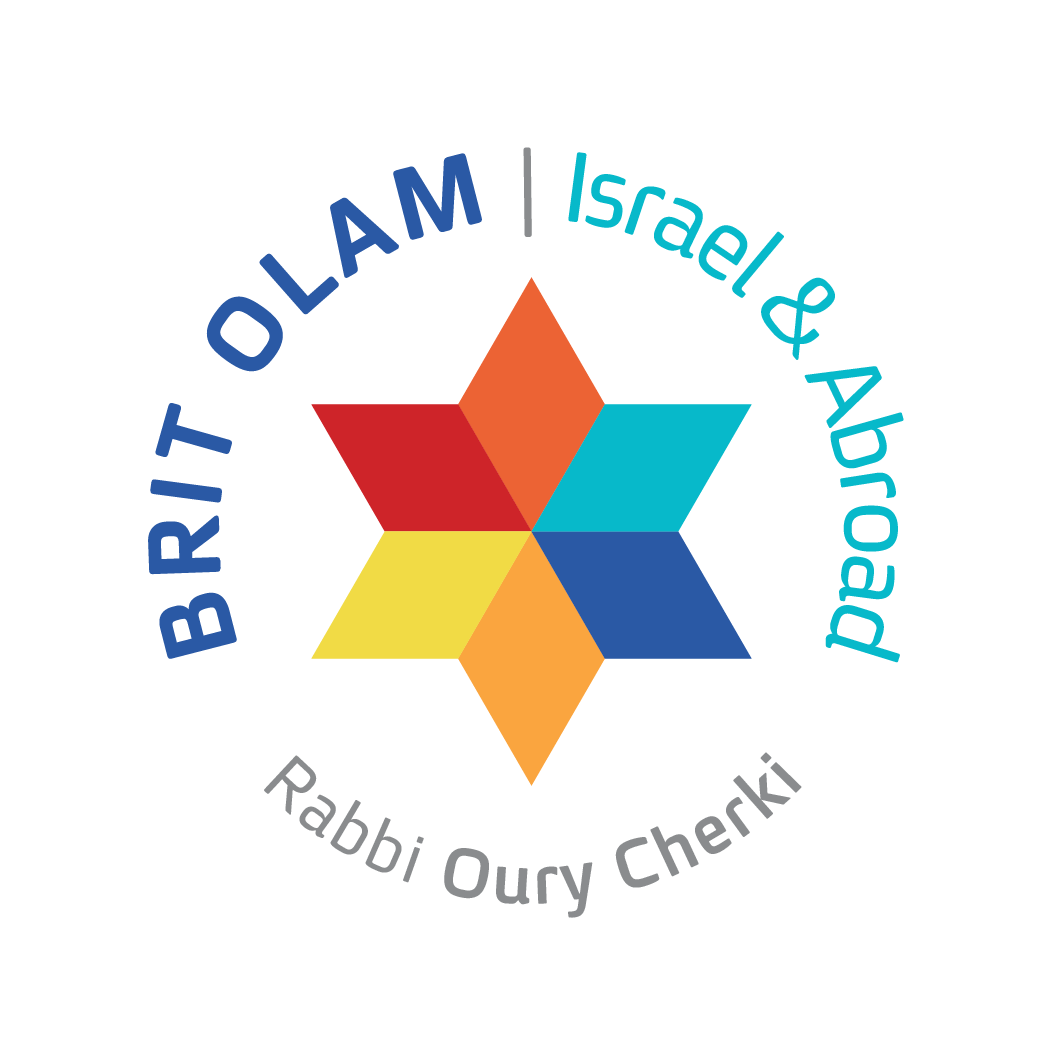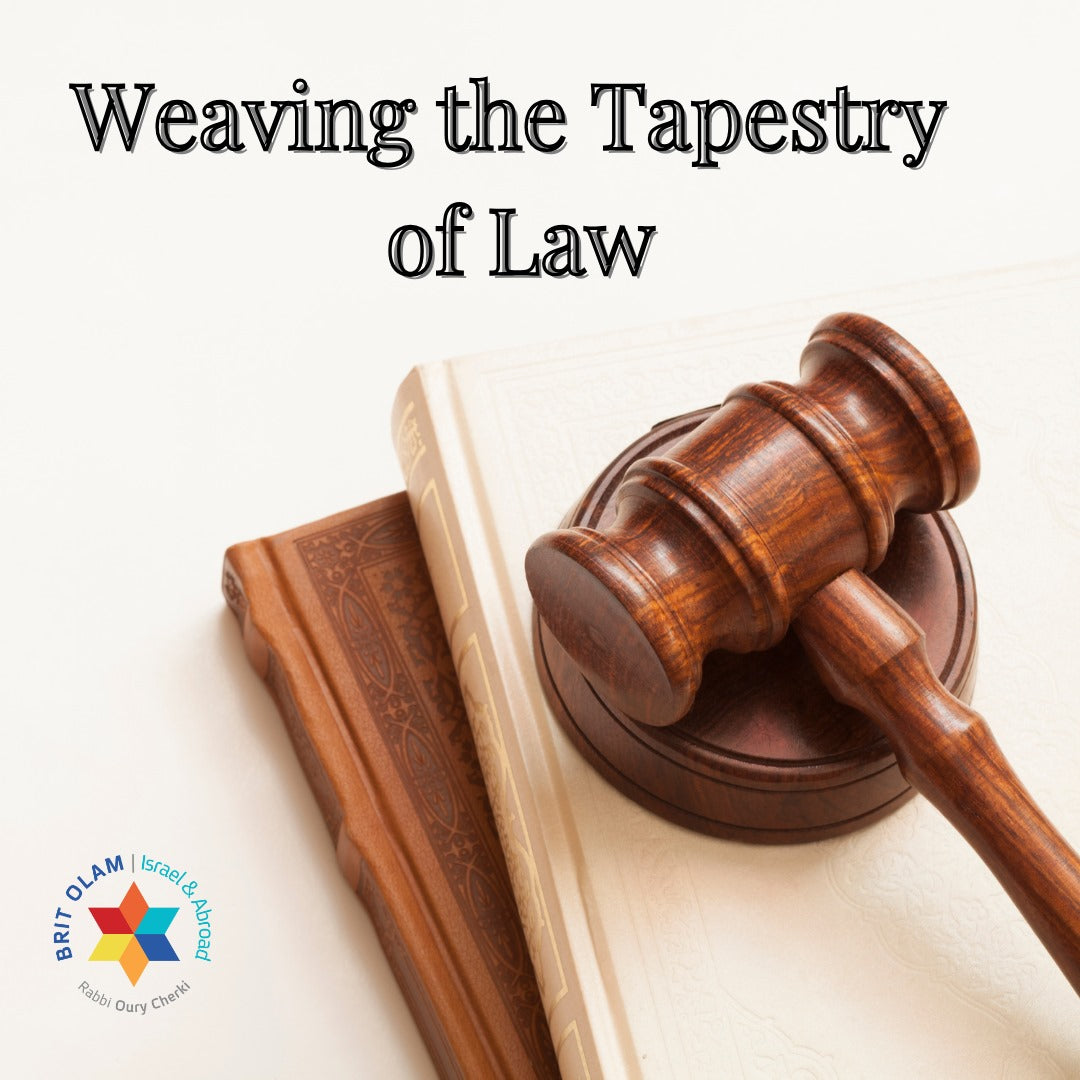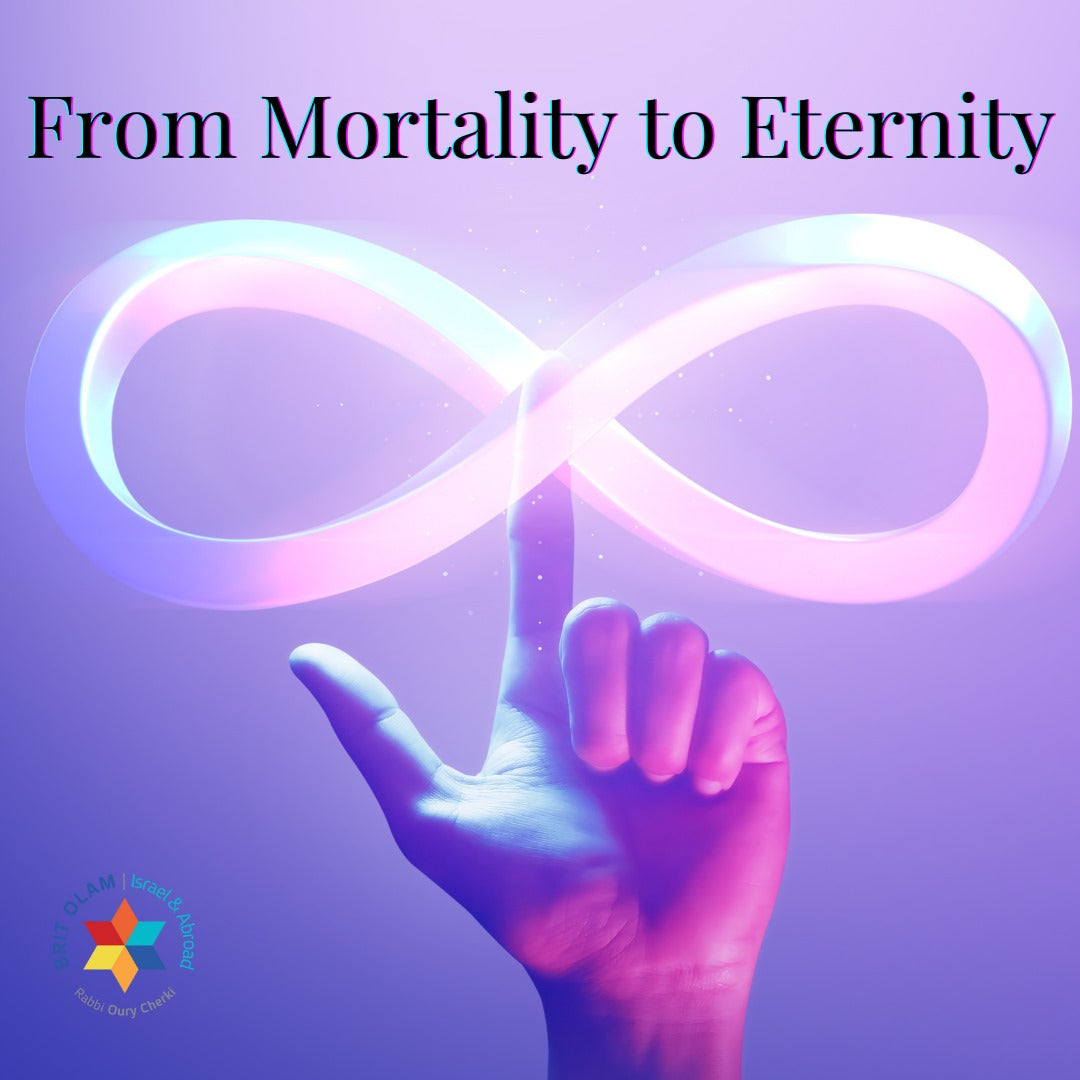Shalom y saludos a todos nuestros amigos noájidas del mundo. ¡Feliz Sucot!
Esta festividad se diferencia de todas las festividades judías por su carácter pastoral. Está llena de vegetación. Las cuatro especies que llevamos durante esta festividad, así como la propia sucá, hecha de materiales naturales, y la ceremonia del Templo de extraer agua del manantial (Simjat Beit Hashoevá), son expresiones de la unidad del alma judía con la naturaleza.
No somos muy buenos en esto, ya que parece que los judíos tienden a temer a la naturaleza. Temen los aspectos vivenciales, a menudo paganos, asociados a ella. Por eso, en Pésaj, por ejemplo, nos abstenemos de comer pan con levadura. En Shavuot, no dormimos en toda la noche; en Rosh Hashaná, no dormimos en todo el día. Finalmente, Sucot es una festividad habitual en la que podemos dormir y conectar con la alegría pastoral natural de la naturaleza.
¿Cómo logramos esto? Tras haber pasado por el proceso de rectificar nuestros pecados y purificarnos de la mala inclinación mediante los Días de Reverencia de Rosh Hashaná y Yom Kipur, estamos seguros de que nuestro encuentro con la naturaleza no nos llevará, Dios no lo quiera, a un desvío moral. Al contrario, la experiencia debería elevarnos, elevándonos junto con la naturaleza. Por ello, Sucot también tiene una importante dimensión universal.
Las naciones del mundo son más sensibles a la santidad de la naturaleza, como explicó uno de los grandes líderes de la nación, el rabino Kook, de bendita memoria, quien explicó que la santidad de la naturaleza pertenece específicamente a las naciones del mundo. En contraste, la santidad que trasciende la naturaleza pertenece al pueblo de Israel. Y he aquí que en Sucot se reconcilian dos tipos de santidad: la santidad que está por encima de la naturaleza y la santidad que está en la naturaleza. Por lo tanto, los profetas nos profetizan que en el futuro, personas de todo el mundo vendrán a celebrar Sucot, especialmente en el Templo Sagrado de Jerusalén. Los judíos ofrecerían 70 toros para expiar el pecado de las 70 naciones del mundo. Sucot es una festividad universal que nos une a toda la humanidad, reconciliando la santidad que está por encima de la naturaleza con la santidad que está en la naturaleza, y deseándonos una feliz festividad a todos.



